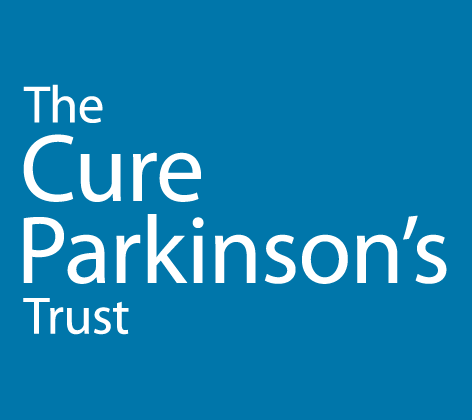The optimal concentration for alpha-synuclein “seeding” determined
The takeaway
Clumps of the protein called alpha-synuclein in brain cells is a key feature of Parkinson’s disease. This study found that while a high concentration of alpha-synuclein is required for the protein to spread from cell to cell, it can begin causing damage at much lower concentrations.
Why is it important?
Previously, it wasn’t clear how much alpha-synuclein was required to trigger seeding, the process by which alpha-synuclein moves from cell to cell and begins to form Lewy bodies. This work is important not only because it furthers the understanding of how Parkinson’s disease spreads but also because the approach used in this study can be utilized to investigate other molecules that contribute to neurodegeneration.
The results also point to the role of cellular stress in alpha-synuclein’s spread through the brain.
%
IMPACT
- Novelty 80%
- Proximity 20%
- Deliverability 40%
Impact
“Twenty years after the disc of alpha-synuclein as a key protein in Parkinson’s, we’re still learning about its basic chemistry in relation to neurodegeneration. This study provides insight into the conditions required for the protein to form abnormal clumps.” Dr. Patrik Brundin
Related work and trials
Other research looking at the point at which alpha-synuclein becomes toxic has also shown that damage to cells can occur with the presence of soluble alpha-synuclein before it clumps together to produce Lewy bodies. It has also been found that toxic alpha-synuclein can spreads from cell to cell by hijacking normal cellular transport processes.
Original article: Iljina M, Garcia GA, Horrocks MH, Tosatto L, Choi ML, Ganzinger KA, Abramov AY, Gandhi S, Wood NW, Cremades N, Dobson CM, Knowles TPJ, Klenerman D. January 2016. Kinetic model of the aggregation of alpha-synuclein provides insights into prion-like spreading. Proc Natl Acad Sci U S A 113(9):1206–1215.



